UV-Vis Spectroscopy
UV-Vis Spectroscopy (or Spectrophotometry) is a quantitative technique used to measure how much a chemical substance absorbs light. This is done by measuring the intensity of light that passes through a sample with respect to the intensity of light through a reference sample or blank. This technique can be used for multiple sample types including liquids, solids, thin-films and glass.
Edinburgh Instruments offers high performance Spectrophotometers suitable for many analytical applications where accuracy and precision measurements are key to your results.

Description
Spectrophotometry is a quantitative measurement of the absorption/transmission or reflection of a material as a function of wavelength. Despite being termed UV-Vis, the wavelength range that is typically used ranges from 190 nm up to 1,100 nm in the near-infrared.
Using a spectrophotometer and carrying out absorption/transmission measurements we can determine the amount (or concentration) of a known chemical substance simply, by studying the number of photons (light intensity) that reach the detector. The more a material absorbs light at a specific wavelength, the higher the concentration of the known substance.
A typical absorption measurement as a function of wavelength is given below:
For further information, please contact us.
Products
Applications
UV-Vis Spectroscopy Applications
- Traditional Chemistry
- Life Science
- Microbiology
- Food & Agriculture
- Material Science
- Optical Components
- Pharmaceutical Research
- Petrochemistry
- Cosmetic Industry
- Quality Control









